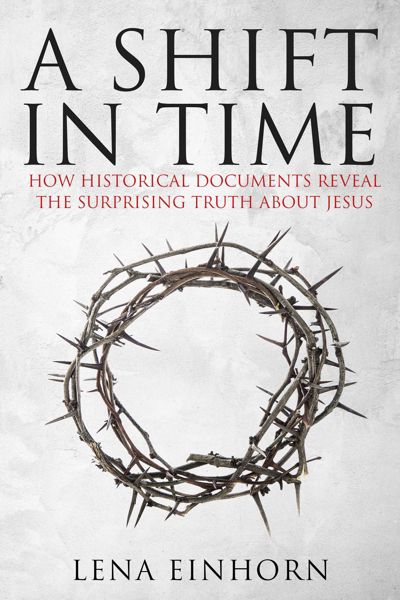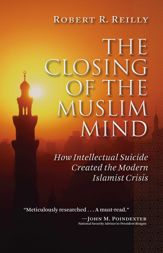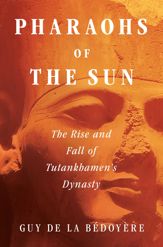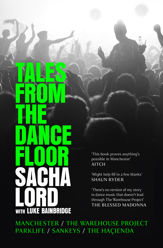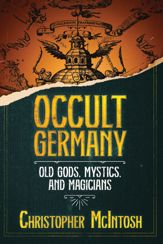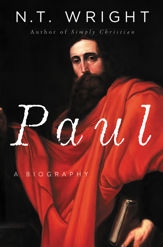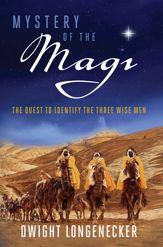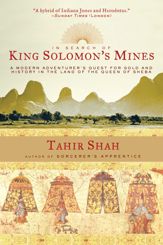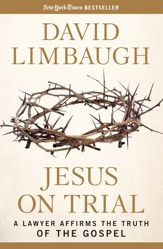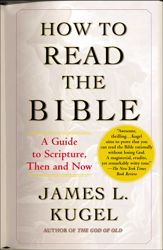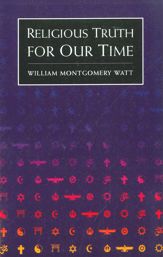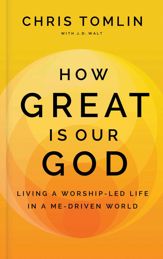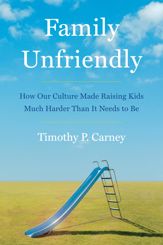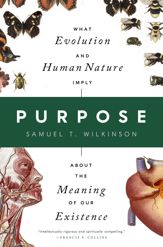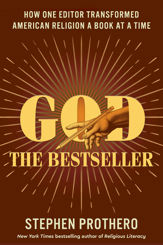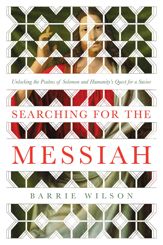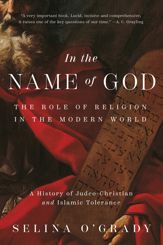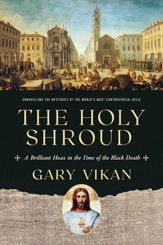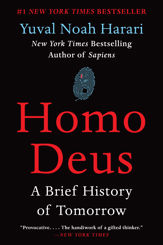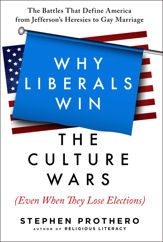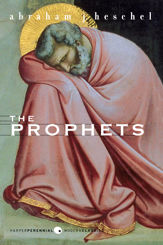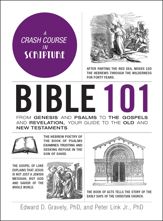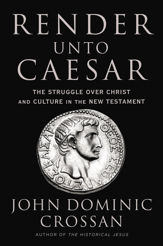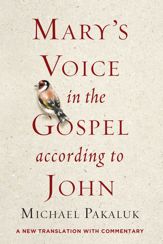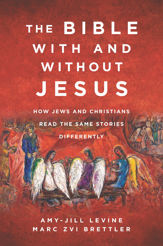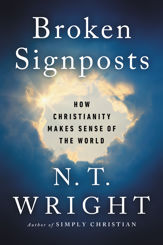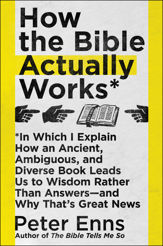"Do we really need another book purporting to dig fresh insights out of the New Testament? The surprising answer provided by A Shift in Time is a resounding,'Yes!'" —Mark Adams, best-selling author of Meet Me in Atlantis and Turn Right At Machu Picchu
"What if historians cannot find Jesus because they have been looking in the wrong places? Or, more to the point, the wrong time? That is the suggestion of television documentarian turned New Testament scholar Lena Einhorn, based on a bold and eye-opening new reading of Josephus. Sometimes it takes new eyes to see old things. While she may not convince everyone, her presentation of sources is so meticulous and clear, no one will be able to say after reading A Shift in Time they have not benefitted by immensely widening their horizons and immeasurably increasing their insight." —Professor Robert Eisenman, Author of James the Brother of Jesus and The New Testament Code
“Lena Einhorn shows that there is still gold in Josephus for New Testament researchers to mine. What a fascinating, striking hypothesis! In the manner described by Thomas Kuhn in The Structure of Scientific Revolutions, she makes a fresh start from the "anomalous data" which stumped the conventional paradigm and makes it central to a bold new paradigm. The gauntlet is thrown!” —Robert M. Price, Johnnie Colemon Theological Seminary
“Most readers of this book, and especially New Testament scholars, will find its thesis unpalatable and even unacceptable. They should for that reason take its evidence and argument seriously, not just as positive historical proposals but as a challenge to traditional reconstructions of the life and precise setting of Jesus of Nazareth. Those who trust the Gospel portraits as reasonably accurate historically will encounter an alternative that challenges such trust; those who consider these portraits to be substantially products of social memory will also find valuable clues to historical events that may have fashioned that memory. At the very least, this book should make us think.” —Philip R. Davies, Professor emeritus of Biblical studies at the University of Sheffield, Former Director for the Centre for the Study of the Dead Sea Scrolls
Description
Did the Christian Church rewrite history?
In the midst of her research on the historical Jesus, scholar Lena Einhorn stumbled upon a surprising find. While reading through narratives of the Jewish revolt by first-century historian Flavius Josephus, Einhorn encountered a number of similarities to the Bible. These parallels—all limited to a short period of time—include an unnamed and mysterious messianic leader strikingly similar to the Jesus described in the Gospels—only he’s not the peaceful miracle worker we know so well.
Significantly, Einhorn found that historical records consistently place these events (which allude to the conspicuous figure in Josephus’s writings) twenty years later than in the New Testament. Twenty years, with precision, every time.
A Shift in Time explores the possibility that there may have been a conscious effort by those writing and compiling the New Testament to place Jesus’s ministry in an earlier, less violent time period than when it actually happened. In this groundbreaking book, Einhorn argues that when the bible and the accounts of first-century historians are compared side by side, it is clear that the events that shaped the Christian world were not exactly as they seem.
Elements of this emerging hypothesis were included in Einhorn’s previous book,The Jesus Mystery, originally published in Swedish in 2006 and later published in the United States. Much has happened since then and Einhorn has presented her findings in various academic forums. The publication of A Shift in Time marks the first complete presentation of the full details of the hypothesis and a discussion of its conclusions and inevitable implications.
Skyhorse Publishing, as well as our Arcade imprint, are proud to publish a broad range of books for readers interested in history--books about World War II, the Third Reich, Hitler and his henchmen, the JFK assassination, conspiracies, the American Civil War, the American Revolution, gladiators, Vikings, ancient Rome, medieval times, the old West, and much more. While not every title we publish becomes a New York Times bestseller or a national bestseller, we are committed to books on subjects that are sometimes overlooked and to authors whose work might not otherwise find a home.
Reviews
"Do we really need another book purporting to dig fresh insights out of the New Testament? The surprising answer provided by A Shift in Time is a resounding,'Yes!'" —Mark Adams, best-selling author of Meet Me in Atlantis and Turn Right At Machu Picchu
"What if historians cannot find Jesus because they have been looking in the wrong places? Or, more to the point, the wrong time? That is the suggestion of television documentarian turned New Testament scholar Lena Einhorn, based on a bold and eye-opening new reading of Josephus. Sometimes it takes new eyes to see old things. While she may not convince everyone, her presentation of sources is so meticulous and clear, no one will be able to say after reading A Shift in Time they have not benefitted by immensely widening their horizons and immeasurably increasing their insight." —Professor Robert Eisenman, Author of James the Brother of Jesus and The New Testament Code
“Lena Einhorn shows that there is still gold in Josephus for New Testament researchers to mine. What a fascinating, striking hypothesis! In the manner described by Thomas Kuhn in The Structure of Scientific Revolutions, she makes a fresh start from the "anomalous data" which stumped the conventional paradigm and makes it central to a bold new paradigm. The gauntlet is thrown!” —Robert M. Price, Johnnie Colemon Theological Seminary
“Most readers of this book, and especially New Testament scholars, will find its thesis unpalatable and even unacceptable. They should for that reason take its evidence and argument seriously, not just as positive historical proposals but as a challenge to traditional reconstructions of the life and precise setting of Jesus of Nazareth. Those who trust the Gospel portraits as reasonably accurate historically will encounter an alternative that challenges such trust; those who consider these portraits to be substantially products of social memory will also find valuable clues to historical events that may have fashioned that memory. At the very least, this book should make us think.” —Philip R. Davies, Professor emeritus of Biblical studies at the University of Sheffield, Former Director for the Centre for the Study of the Dead Sea Scrolls
